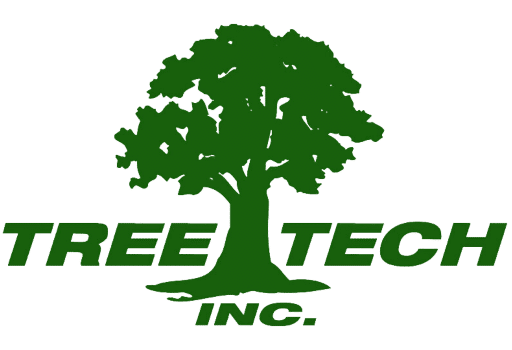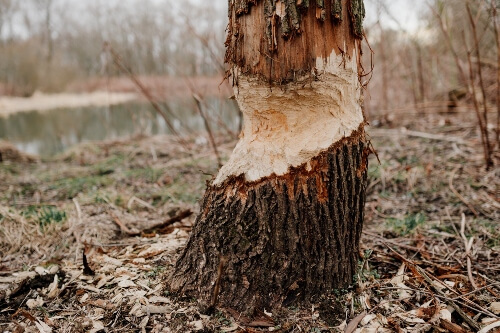
Deep root systems, towering branches, sturdy trunks… with how strong and resilient trees are, it’s easy to forget that they’re not immune to pests and diseases. Unfortunately though, Eastern Massachusetts is home to many different types of insects, fungi, and bacteria that can infect and harm our trees. Should your tree become too damaged, it will not only lose its visual appeal, but it could also die or lose structural integrity. Identifying these problems early on will help you maintain a beautiful, safe, and healthy yard. To help you out, the experts at Tree Tech, Inc. have put together this guide on what you need to know about common tree pests and diseases.
How to Identify Common Tree Pests and Diseases
It doesn’t take long for pests or diseases to cause serious damage to your trees. The sooner you identify a problem and seek professional assistance, the easier it will be for your landscape to recover. To help you out, here’s how to identify some of the most common tree pests and diseases in Eastern Massachusetts:
- Hemlock woolly adelgid: These insects resemble aphids and are most known for producing a white, cottony substance called an ovisac. They are only found on hemlock trees, typically at the base of the needles on a single twig. Without treatment, hemlock woolly adelgids can lead to tree death.
- Elongate hemlock scale: Similar to the woolly adelgid, elongate hemlock scales are tiny insects that feed on the sap of hemlock trees. However, these tiny insects produce a waxy substance rather than a fuzzy ovisac. Adults are tiny, brown, and typically remain on the underside of needles.
- Spotted lantern fly: As an invasive species, spotted lantern flies can cause serious damage to a variety of trees and plants. When fully grown, these insects are easily identified by their lower set of bright red wings with black dots. However, in the spring and fall, they may appear as all black with white spots.
- Deer: When most people think of pests, they picture tiny insects crawling around. However, larger animals can also be a nuisance. Here in Eastern Massachusetts, deer often feed on tree bark, twigs, and leaves. If you notice deer in your yard, contact Tree Tech, Inc. to learn about our exclusion techniques.
- Winter and gypsy moths: While they are caterpillars, winter and gypsy moths can harm trees by chewing through considerable amounts of leaves. These pests are a potentially deadly invasive species, though they are less common thanks to ongoing extermination efforts.
- Needle cast: This fungal disease can impact spruce, pine, Douglas fir, and true fir trees. Young, stressed, or damaged trees are most susceptible to needle cast, which spreads from other trees through spores. Over time, this fungus causes needles to turn brown and fall off.
Need a Tree and Plant Healthcare Estimate?
Click below to leave your information and we will call you right back!
Ready to schedule your tree & plant care service?
Leave your information below and we will give you a call back.
*During normal business hours. After hours calls will be returned the next business day.
Signs of Tree Pests and Diseases
Identifying the exact pest you’re dealing with can take years of practice and experience. However, even if you aren’t sure which species is invading your tree, you may be able to spot early signs of damage before it can spread or worsen. If you notice any of these symptoms, we recommend calling an arborist for a thorough inspection:
- Bite marks in leaves or wood
- Yellowing or dying leaves, needles, or limbs
- Hollow spots in the trunk or branches
- Piles of sawdust or frass on the ground
- Premature leaf drop or failure to bloom
Avoid Ticks and Mosquitoes With Tree Care
Some pests that seek shelter in your trees can pose a threat to human and pet safety. Ticks and mosquitoes are some of the biggest culprits. These blood-sucking insects are notorious for spreading potentially deadly diseases such as malaria and Lyme disease. Though it may feel impossible to completely eradicate ticks and mosquitoes, proper tree care can deter them from your property. From identification to spray treatments, our knowledgeable professionals can create a customized pest prevention plan to protect your landscape.
Get Tree Pest and Disease Prevention
Pests are extremely persistent, and it can be challenging to treat an infestation or disease – especially if it occurs outside where it’s harder to control environmental factors. Whether you are actively dealing with an infestation or you want to protect your property with prevention, the experts at Tree Tech, Inc. can help. Our ISA-certified arborists have over 35 years of experience in the Eastern Massachusetts area, so we know how to identify and treat a wide variety of local pests and diseases. Your safety is our top priority, which is why we only use the best products and techniques when treating your trees and landscape. If you need tree pest or disease management services, give us a call today!
Back to Tree and Plant HealthcareCommon Tree Pests and Diseases in Eastern Massachusetts
Also Serving Rhode Island
Boston | Worcester | Cambridge | Brockton | Quincy | New Bedford | Fall River | Newton | Foxboro | Framingham | Plymouth | Attleboro | Taunton | Hingham | Needham | North Attleboro | Norton | Easton | Franklin | Walpole | Dover | Westwood
Providence | Warwick | Cranston | Pawtucket | Newport | Woonsocket | Cumberland | Coventry | Newport | Johnston | North Kingstown | Bristol | Portsmouth
Home » Tree and Plant Healthcare » Common Tree Pests and Diseases
